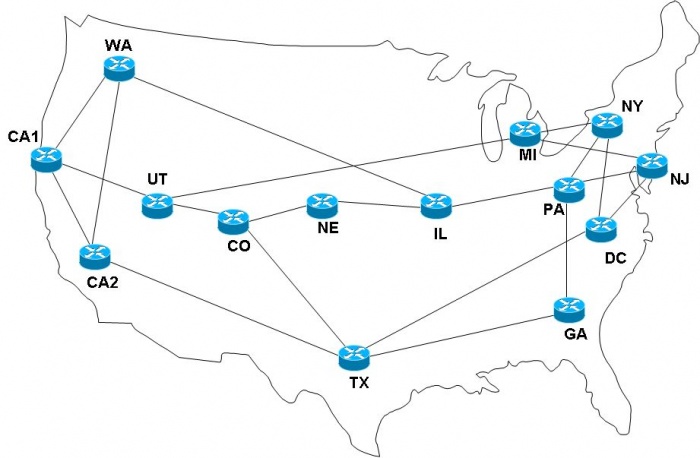That is the question.
Regardless whether you’re on the appalled or clever end of the spectrum, re-gifting is here to stay. Let’s forget about re-gifts you may have received, and focus on gifts you do receive and care to pass on. Here are some solid suggestions to follow:
- Re-gift a gift that’s appropriate for the recipient. A tennis racket to someone who doesn’t play tennis does not scream “you should try a new sport,” but rather says “I got this racket and now it’s yours.”
- Re-gift the item to someone in a completely separate circle of friends and family. Think about it.
- Re-gift new items only. If you have to search your closet for something to give someone, I assure you, they’d rather not have anything. Not everyone expects a gift, especially the older we get. That said, used gifts can be appropriate if they are family heirlooms and come with history and a good story. A broken display plate is never a good story unless your uncle used it as a shield in the Revolutionary War.
- Care. Sounds easy enough, but the physical gift is rarely what people remember. What people want to know is that they are loved, and that your thoughtfulness and kindness behind the gesture can be felt that way. So regardless the gift, take the time to write a sincere card with only positive statements. The latter can be tough, so practice it. It’s important. Nothing negative.

While there are other tips to consider, these 4 should keep you off the gossip list as a dreaded Re-Gifter.
However, let it be known that there is another viable strategy: to be renowned as The Re-Gifter. Do it. Own it. Keep that strategy going like a hot potato and you might be crowned King Re-Gifter, a title one can be proud of.
However you approach it, I say go full re-gift and simply be honest and consistent. Don’t be surprised, though, if the gifts stop coming. This can be both a blessing and a curse. Consider it a blessing, less toil on the the re-gifting.
Carry on, good humans!
































































 1. Crowdsourcing
1. Crowdsourcing


